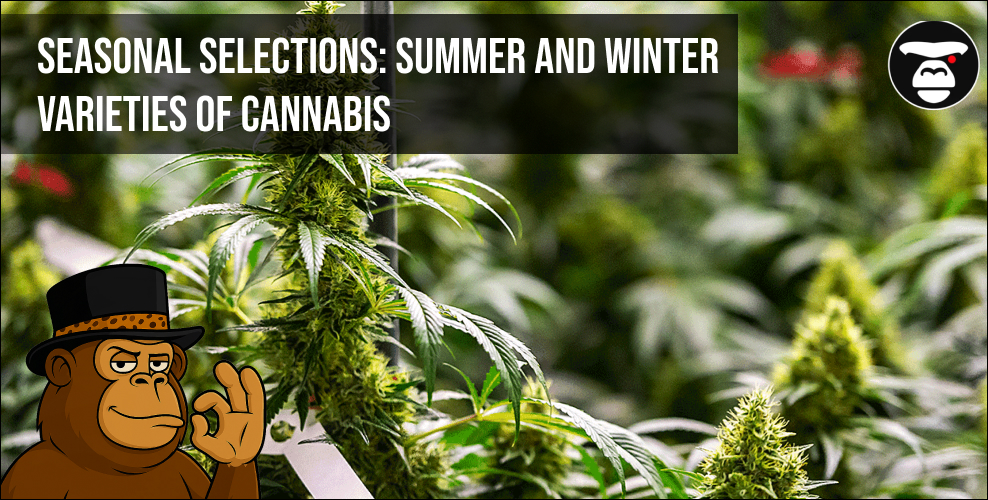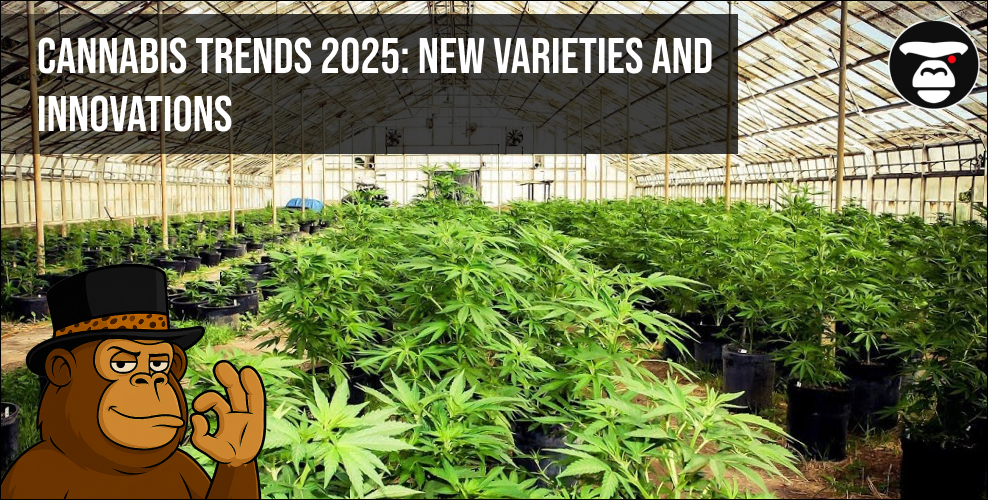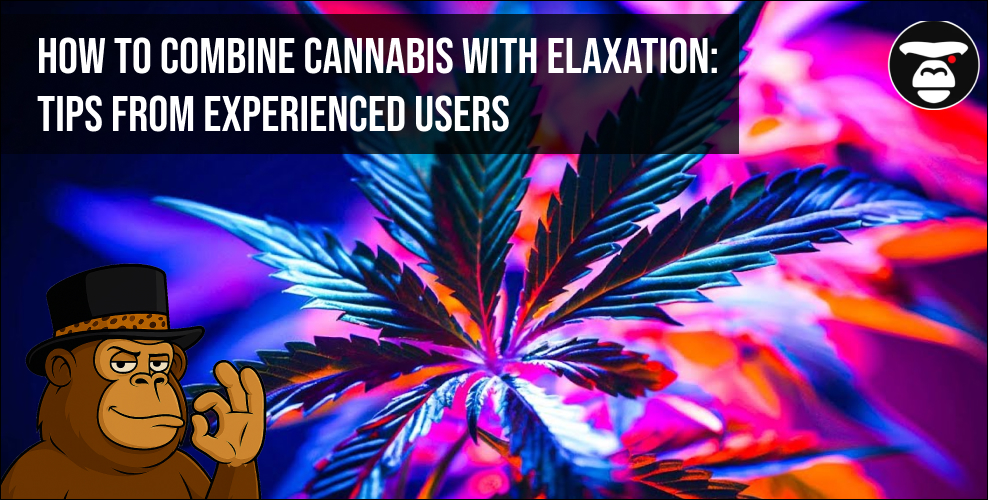How is THCA Flower Made?

In the rapidly evolving cannabis industry, THCa flower stands out as a product gaining significant attention for its unique properties and benefits. This comprehensive article delves into the intricacies of THCa flower, exploring how it is made, its distinguishing features, and its place in the wider context of cannabis products. With an aim to inform and engage, we’ll provide insights into the production process, potential benefits, and the growing interest in THCa flower, all while ensuring the content is SEO-optimized to reach a broad audience.
- What is HHC in the cannabis world?
- Difference Delta THC: Delta 8 vs. Delta 9 vs. Delta 10
- Understanding THCA: A Deep Dive into the World of Cannabis
What is THCa Flower?
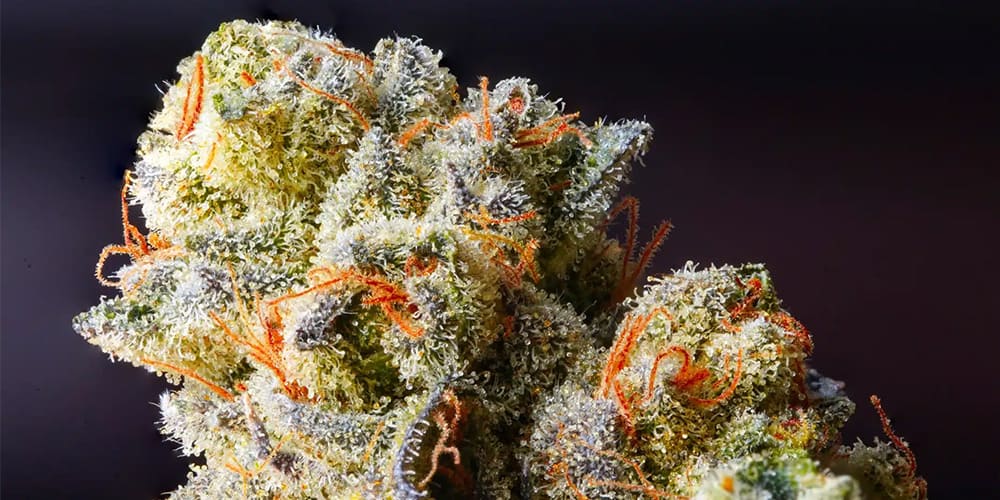
THCa, short for tetrahydrocannabinolic acid, is a notable non-psychoactive cannabinoid found in the raw cannabis plant, distinct as the precursor to the well-known psychoactive compound, THC. THCa undergoes a transformation into THC when exposed to heat, a process known as decarboxylation, which activates its psychoactive effects. Despite this, THCa in its raw form, particularly within THCa flower, retains a unique chemical composition that has piqued the interest of both consumers and the scientific community.
The intrigue surrounding THCa stems from its potential therapeutic benefits, distinct from the psychoactive experience associated with THC. As research into cannabis and its components deepens, THCa has emerged as a compound of interest for its properties and the possibilities it holds. This growing attention underscores the complexity of cannabis and the diverse potential benefits of its various cannabinoids.
THCa’s presence in cannabis and its evolving role in consumer and research spheres illuminate the broader spectrum of cannabis’s applications and benefits. The focus on THCa and other non-psychoactive cannabinoids expands the dialogue around cannabis, moving beyond recreational and psychoactive use to explore its full therapeutic potential. This shift in focus highlights the plant’s multifaceted nature and the ongoing exploration of its myriad compounds.
Experience the unique APE BREATH 5 Original Mini Joints, each 0.5g, blending stimulating and soothing effects. Hand-rolled for quality, they offer a rich, immersive experience.
The Production Process of THCa Flower
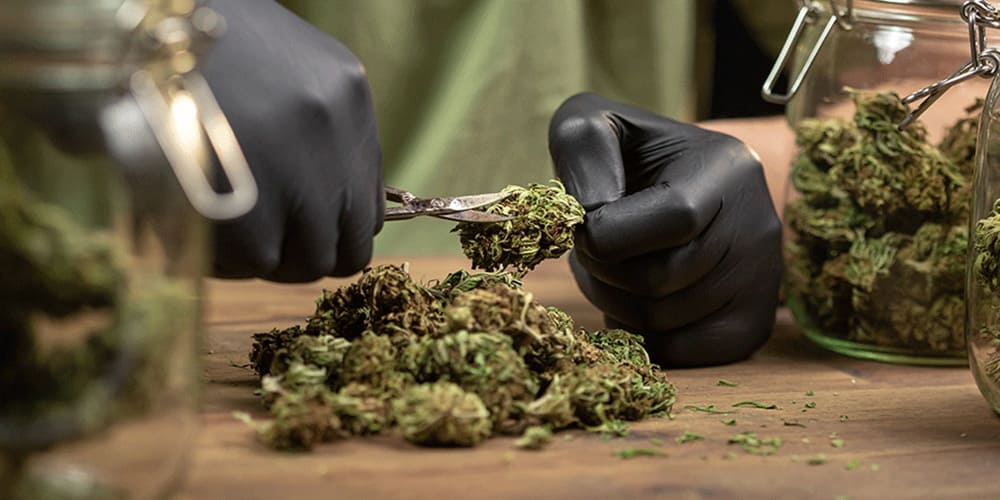
Cultivating THCa flower is a detailed endeavor that starts with the strategic selection of cannabis strains known for their naturally high THCa content. Growers prioritize these strains, meticulously fine-tuning the growing environment to safeguard and enhance the plant’s THCa levels. This cultivation process demands precise control over factors such as lighting, temperature, and humidity, creating optimal conditions for the plants to flourish and yield flowers abundant in THCa.
This careful cultivation approach is crucial for maintaining the integrity and potency of THCa within the cannabis flowers. By managing these environmental variables, cultivators can significantly influence the quality and cannabinoid profile of the final product, ensuring that the THCa flowers meet the desired standards for therapeutic and research applications.
The dedication to growing THCa-rich cannabis underscores the importance of specialized cultivation techniques in producing high-quality cannabis products. The ability to successfully cultivate THCa flower not only demonstrates a grower’s expertise but also contributes to the expanding diversity of cannabis products available, catering to the nuanced demands of consumers and researchers interested in the unique properties of THCa.
Harvesting and Curing

When cannabis plants reach their full maturity, the timing of the harvest becomes pivotal for preserving the THCa content at its peak. Harvesting too early or too late can impact the levels of THCa in the flowers, underscoring the importance of precise timing in the cultivation process. Once harvested, the subsequent curing process is crucial not just for maintaining THCa levels but also for enhancing the overall quality of the flower, including its flavor and aroma.
The curing process, critical for preserving the flower’s integrity and maximizing its THCa content, involves a meticulous control of moisture levels and a patient waiting period that can extend from several weeks to months, depending on specific goals for the end product. This stage is essential for developing the flower’s complexity in flavor and ensuring the stability of its cannabinoid profile, including the preservation of THCa.
This careful post-harvest handling, from timing the harvest to perfecting the cure, is key to producing high-quality THCa flower. It reflects the nuanced approach required to optimize the potential benefits of the cannabis plant, catering to the preferences and needs of consumers and researchers interested in the unique attributes of THCa. This process not only highlights the artisanal aspect of cannabis cultivation but also the scientific precision necessary to maintain and enhance the plant’s medicinal properties.
Indulge in the evening with APE Double Blunts Alien OG, perfect for relaxation and sleep. A potent, flavorful strain offering a balanced high, Alien OG stands out for its unique profile.
Testing and Quality Assurance
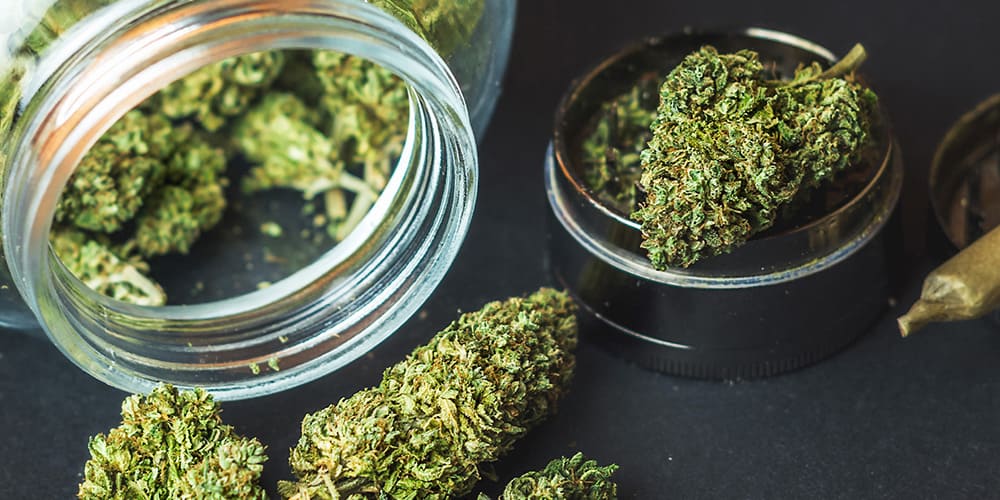
In the production of THCa flower, quality assurance holds a critical position, ensuring that each batch meets the highest standards of purity and potency. Rigorous testing is conducted to accurately measure the levels of THCa, while also screening for any possible contaminants. This process is indispensable for safeguarding consumer safety and ensuring adherence to strict regulatory standards.
Such testing practices are essential not only for maintaining product integrity but also for fostering transparency within the cannabis industry. By providing detailed insights into the composition and potency of THCa flower, consumers are empowered with the knowledge to make informed choices. This level of transparency is crucial in building trust between producers and consumers, highlighting the commitment to quality and safety in the production of cannabis products.
The emphasis on thorough testing and quality assurance underscores the industry’s dedication to delivering superior THCa products. It reflects an understanding of the importance of consistent, reliable cannabis products in meeting consumer needs and advancing the acceptance and use of cannabis for therapeutic and recreational purposes.
Enjoy the sweet, fruity bliss of ACAI BERRY GELATO Sauce Cartridge. A sativa-dominant hybrid with high THC for an uplifting experience, perfect for on-the-go enjoyment.
The Appeal of THCa Flower
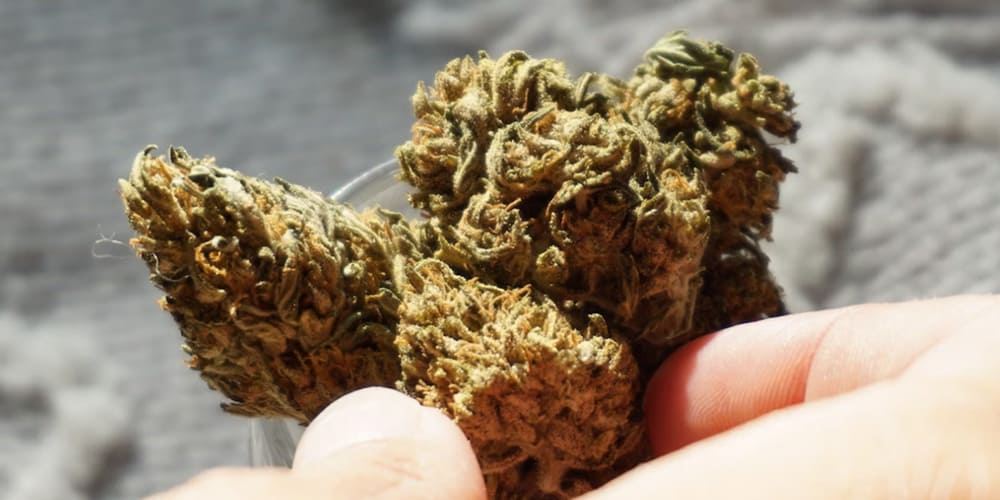
The rising interest in THCa flower can be attributed to multiple factors, with its non-psychoactive properties being a significant draw for those exploring the therapeutic potential of cannabis without the intoxicating effects of THC. This aspect of THCa makes it especially appealing for individuals looking for relief from various conditions without experiencing a psychoactive high. Preliminary research points to THCa’s anti-inflammatory and neuroprotective benefits, adding to its allure, though further studies are necessary to fully elucidate its health implications.
Additionally, the versatility of THCa flower in terms of consumption methods enhances its appeal. It can be consumed raw, such as in salads or smoothies, retaining its non-psychoactive properties and offering a straightforward way to integrate cannabis into a health-conscious lifestyle. For those interested in experiencing its benefits through more traditional cannabis consumption methods, THCa can be decarboxylated, a process that converts THCa to THC through the application of heat, making it suitable for cooking and infusing into various dishes.
This versatility, combined with its potential health benefits, positions THCa flower as a valuable addition to the wellness routines of a diverse range of consumers. As research into THCa and its effects continues to advance, it’s likely that this unique form of cannabis will play an increasingly prominent role in the evolving landscape of therapeutic cannabis use.


